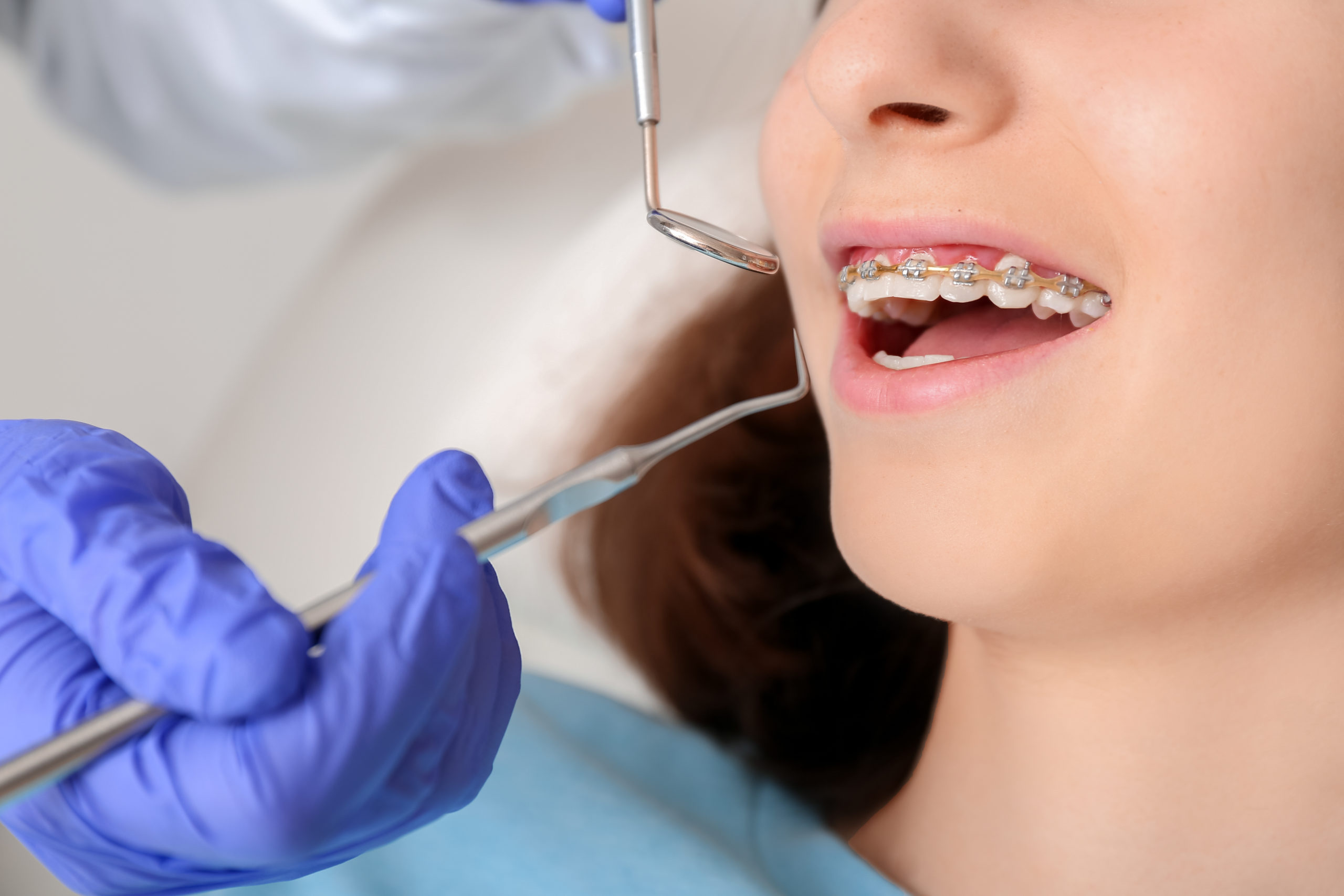Comprehensive Guide to Orthodontics Procedures for Dealing With Dental Imbalances
In the realm of orthodontics, the journey to accomplishing a perfectly lined up smile includes a myriad of treatments customized to remedy oral misalignments. From typical braces to unnoticeable aligners and also surgical choices, the area of orthodontics offers a variety of remedies to resolve varying levels of oral abnormalities. Understanding the intricacies of each treatment, including their mechanisms, benefits, and potential drawbacks, is essential in making informed decisions concerning one's orthodontic therapy. As we navigate via the comprehensive guide to orthodontic procedures for remedying oral misalignments, the elaborate details of each technique will unravel, losing light on the course towards a useful and harmonious dental placement.
Orthodontic Procedures Review

Along with traditional braces and clear aligners, orthodontists may also suggest various other treatments like headgear, palatal expanders, or retainers to deal with certain positioning issues (invisalign). These procedures are customized per individual's one-of-a-kind requirements and might involve a mix of treatments to attain the wanted results. Regular changes and monitoring are important parts of orthodontic treatment to make certain development is on track and to make any kind of necessary adjustments in the process. By undertaking orthodontic procedures, individuals can not only achieve a straighter smile yet also improve their overall oral wellness and feature.
Traditional Braces: How They Work
When considering orthodontic treatments for dental misalignments, traditional braces stand out as a time-tested method for correcting teeth positioning. Conventional braces are composed of brackets, cords, and bands that function together to use constant pressure on the teeth, progressively moving them right into the desired placement.
One trick facet of how traditional braces work is the process of bone remodeling. As stress is related to the teeth via the braces, the bone bordering the teeth is reshaped to sustain the new tooth placements. This remodeling is important for the long-lasting stability of the dealt with placement. People will certainly require normal modifications at the orthodontist's workplace to guarantee the dental braces remain to use the right stress for efficient teeth motion.
Undetectable Aligners: Pros and Disadvantages
These clear, tailor-made trays are practically unseen when used, making them an appealing option for individuals looking for a much more cosmetically pleasing orthodontic therapy. Individuals can get rid of the aligners before consuming or cleaning their teeth, lowering the danger of food obtaining stuck in the device and streamlining the cleaning process.

Surgical Orthodontic Options
Surgical interventions in orthodontics present practical options for attending to complex oral misalignments that might not be successfully settled via traditional orthodontic therapies. While typical braces and unnoticeable aligners can correct many orthodontic issues, particular situations call for surgical intervention to attain ideal outcomes. Surgical orthodontic options are normally recommended for severe malocclusions, significant jaw inconsistencies, and instances where the underlying bone structure requires adjustment to attain appropriate alignment.
One common surgical orthodontic procedure is orthognathic surgical treatment, which entails repositioning the jaws to fix functional problems such as trouble speaking or chewing. This surgery is frequently carried out in partnership with an orthodontist who aids straighten the teeth before and after the procedure. Surgical orthodontics may additionally include procedures to reveal influenced teeth, eliminate excess periodontal cells, or improve the jawbone to develop a much more unified face account.
Prior to thinking about surgical orthodontic alternatives, individuals undergo a comprehensive examination to establish the need and prospective benefits of such treatments. cumming invisalign. While surgical procedure might seem complicated, it can significantly enhance both the feature and appearances of the smile in cases where standard orthodontic therapies fail
Retainers and Post-Treatment Care

Failure to abide with post-treatment care instructions can result in relapse, where the teeth gradually relocate back in the direction of their initial settings. Consistent retainer wear, good oral health, and normal dental exams are necessary for maintaining the outcomes attained through orthodontic surgery and making sure the long-lasting stability of the remedied oral positioning.
Final Thought
Finally, orthodontic treatments provide numerous choices for dealing with dental misalignments. Traditional braces utilize metal braces and cables to move teeth right into appropriate placement. Undetectable aligners give a more very discreet alternative but may not appropriate for all instances. Surgical orthodontic choices are readily available for extra extreme imbalances. Retainers are generally used post-treatment to keep the brand-new alignment. Overall, orthodontic procedures can successfully enhance dental health and visual appearance.
As we browse with the thorough overview to orthodontic procedures for dealing with dental imbalances, the detailed information of each approach will unfold, walk in dentist office losing light on the path towards a harmonious and useful oral positioning. - cumming orthodontics
One of the most typical orthodontic treatments is the use of dental braces, which are composed of steel brackets and wires that apply click for more mild pressure to gradually change teeth into the preferred placement.When thinking about orthodontic therapies for oral misalignments, standard dental braces stand out as a time-tested technique for fixing teeth placing. Additionally, invisible aligners may not be ideal for complicated orthodontic concerns that call for more substantial teeth motion, as they are typically advised for mild to moderate situations. Retainers are custom-made orthodontic gadgets designed to hold teeth in their corrected placements after the conclusion of orthodontic therapy.